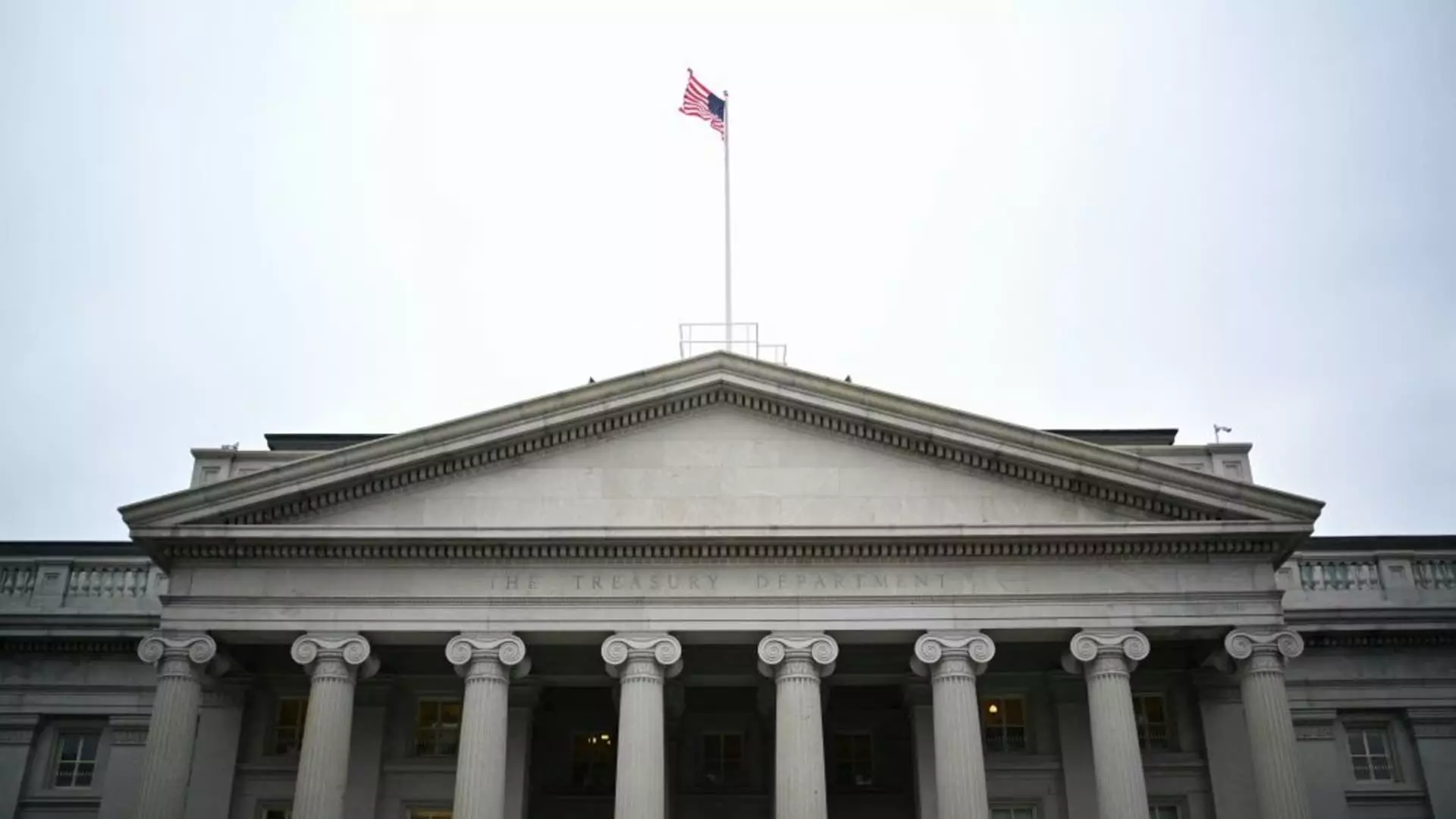The Series I bond, a savings bond issued by the U.S. Department of the Treasury, has long been regarded as a stable investment option, particularly appealing to those seeking to hedge against inflation. These bonds are designed to provide investors with an opportunity to earn interest that adjusts according to inflation rates as well as a fixed rate component. Each November and May, the Treasury reviews and updates these rates, reflecting current economic conditions.
As of November 1, 2024, the Department of the Treasury has announced a significant adjustment in the rates for newly purchased Series I bonds. The new rate stands at 3.11% annual interest, a considerable decline from the 4.28% yield seen since May 2024 and the sharper decrease from 5.27% in November 2023. This current yield is composed of a variable rate of 1.90% and a fixed rate of 1.20%, with the latter noticeably dropping from the 1.3% earlier reported. These shifts in rates underscore the ongoing influence of inflationary trends and market conditions on bond yields.
The record peak yield rate of Series I bonds was a striking 9.62% in May 2022, yet rates have dropped significantly since that high. This declining trend naturally raises questions among potential investors about the long-term viability of I bonds as an inflation hedge. Despite this downturn, some long-term investors continue to find the fixed-rate portion attractive, primarily for its predictability. This speaks to a core strategy among some investors: the preference for stability in uncertain financial environments often outweighs concerns about lower overall yield.
The structure of the Series I bond rate comprises both a variable rate, based on semiannual inflation metrics, and a fixed rate, which remains steady once bonds are purchased. Importantly, the variable rate is locked in for six months after the purchase, irrespective of subsequent Treasury announcements. This feature assures investors of consistent returns for a defined period, providing a level of security amidst fluctuating economic conditions.
When considering the purchasing timeline, timing becomes crucial. For instance, bonds bought in September 2024, which start with a variable rate of 2.96%, will shift to the new variable rate of 1.90% in March 2025, while the fixed rate remains immutable at 1.30%. Consequently, investors must plan strategically, recognizing how these changes impact their expected returns over the lifespan of their investment.
While the recent reductions in Series I bond rates might pose challenges for short-term investors, the long-term perspective remains critical. Understanding the outcomes of variable and fixed rate compositions is essential for navigating the complexities of these investments. Investors should stay informed on rate changes and consider how their investment timelines align with existing and anticipated economic conditions. Thus, informed decisions regarding Series I bonds can harness both the stability they offer and adapt to the changing financial landscape.

